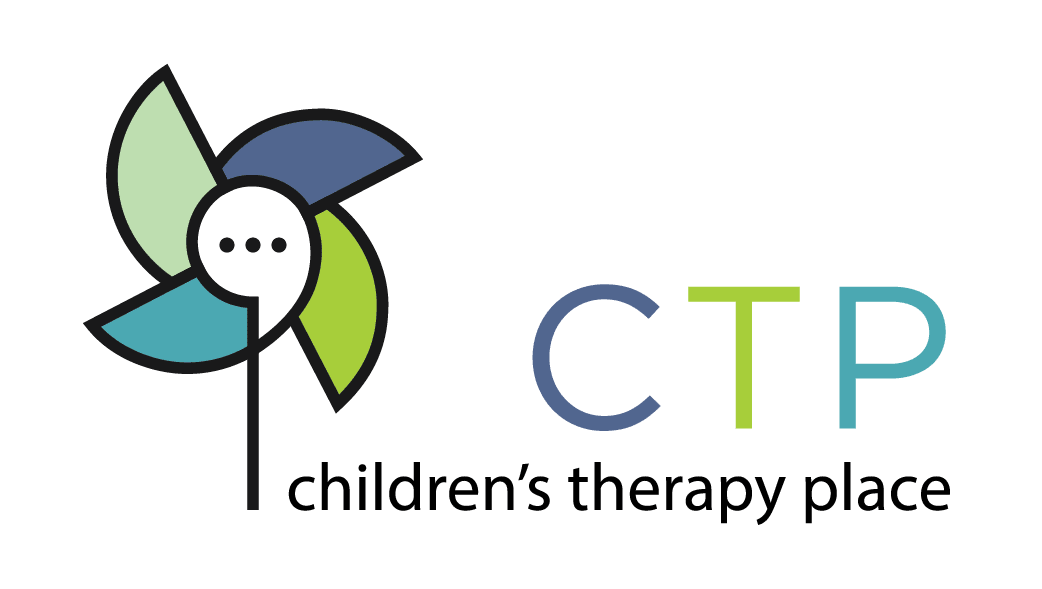April is Autism Acceptance Month

April is Autism Awareness and Acceptance month and so what better time (if not always) to celebrate the different ways each of our brains process the world around us.
According to Nicole Baumer, M. D., & Julia Frueh, M. D with Harvard Health, “Neurodiversity describes the idea that people experience and interact with the world around them in many different ways; there is no one “right” way of thinking, learning, and behaving, and differences are not viewed as deficits.”
For autistic individuals, their brains work differently than those that are neurotypical. These differences can often interfere with communication. For example, autistic individuals often have challenges understanding the social constructs of language, such as appropriate ways to interact with others (e.g., greetings and goodbyes, conversational turn taking, etc.)
Although these challenges with using social language are often things that can be addressed through therapy, it is important to remember that therapy is not meant to change autistic individuals to fit in with “neurotypical individuals” but rather to help support those that are neurodiverse to interact with others more effectively.
One way to do this is to adjust our own communication so that we can better support their needs. Notbohm & Tammett, 2020, offers a list of “dos” and “don’ts” that can be helpful to keep in mind (see below) when supporting communication with autistic individuals.
Although this list can be helpful it is important to understand that these approaches may not work for everyone and should be adjusted based on the individuals’ preferences, skills, and abilities. By celebrating autism awareness and acceptance month we can help to better meet the communication needs of the neurodiverse community!
| Do’s | Don’ts |
|
Be aware of your communication style and how much spoken language you use. Modify your language if you feel that the individual has not understood, e.g., use clear, simplified instructions, or provide additional processing time before repeating an instruction/ direction
|
Using nonliteral or ambiguous meanings of language (e.g., idioms, humor, metaphors, or multiple meanings that depend on the context for interpretation). |
| Support individuals to take turns in conversation or provide additional question prompts if you have misunderstood their message. | Using open ended or rhetorical questions: how are you feeling? |
| Be specific with questions you ask and support understanding of what is not explicitly stated (e.g., making inferences). Change communication to match context or the needs of the listener (e.g. talking differently to a child than to an adult). | Asking questions that have multiple meanings or multiple responses, and are context dependent. |
| Provide specific descriptions of objects/ items When asking them to do something, break it into ‘first this, then that’ steps and provide instructions in chronological order. ‘First put your shoes on, then pick up your bag’. |
Using vague or conceptual descriptions – e.g. “he was salty” rather than “he was angry” |
| Use pictures and written information to compliment instructions/ directions/ conversation/ spoken language. | Multi-step verbal instructions/ directions particularly when the environment is noisy/ busy or when the individual appears distracted |
| Communicate with the individual regardless of whether or they are demonstrating inappropriate eye contact and body language | Ignoring the individual or excluding them from conversations even if they are demonstrating difficulties with non-verbal communication (eye-contact, gestures and body language) |
| Recognize that repetitive behaviors such as rocking, or flapping, may be used to convey how an individual is feeling, e.g., anxious or excited | Asking the individual to stop behaviors such as flapping, rocking, or spinning. |
| Use visuals/ social stories/ social scripts/ visual schedules to support an individual to cope/ adjust to changes in routine. | Surprises and changing routines without forewarning or appropriate supports to cope with change. |
| Provide access to rewards, motivators, or reinforcers after engagement in structured tasks. | Inhibiting the individual access to preferred activities after engagement in structured tasks or interaction. |
*Table taken from (Notbohm & Tammett, 2020)
Citations:
Nicole Baumer, M. D., & Julia Frueh, M. D. (2021, November 23). What is neurodiversity? Harvard Health. Retrieved April 14, 2022, from https://www.health.harvard.edu/blog/what-is-neurodiversity-202111232645
Notbohm, — E., & Tammett, — D. (2020, February 13). Autism communication strategies. The Spectrum. Retrieved April 14, 2022, from https://thespectrum.org.au/autism-strategy/autism-strategy-communication/

